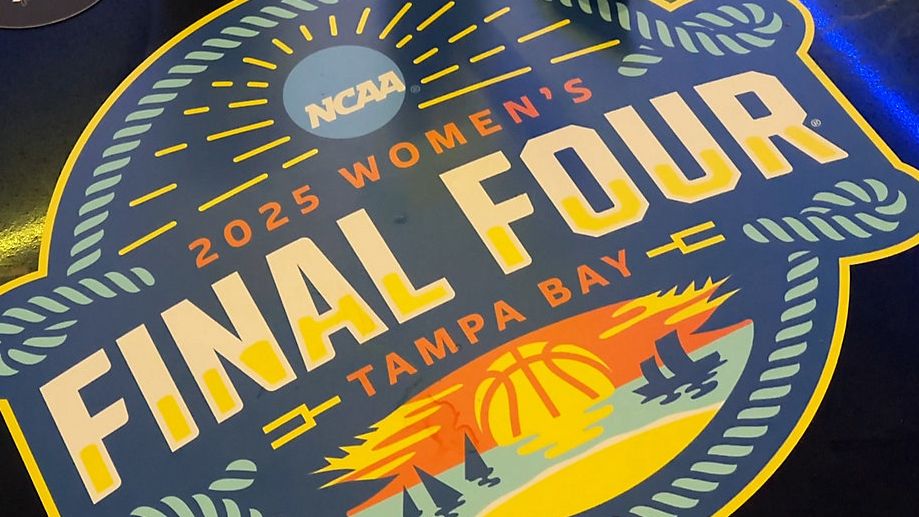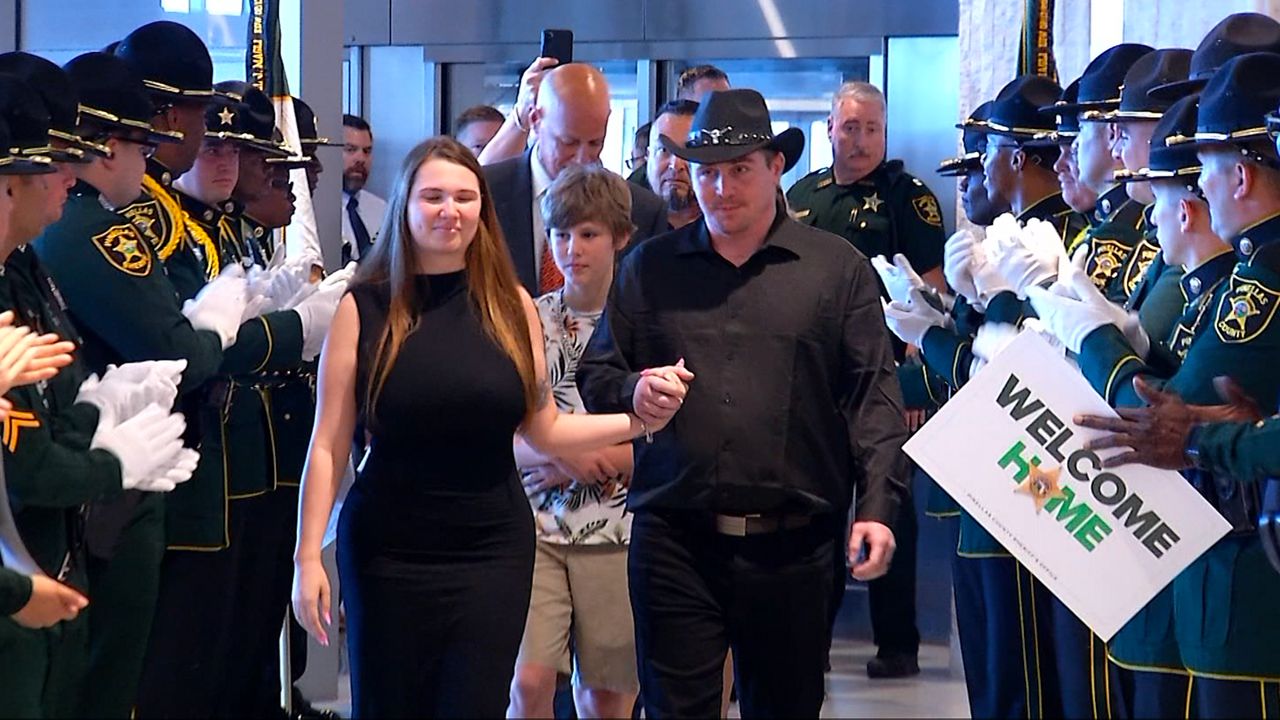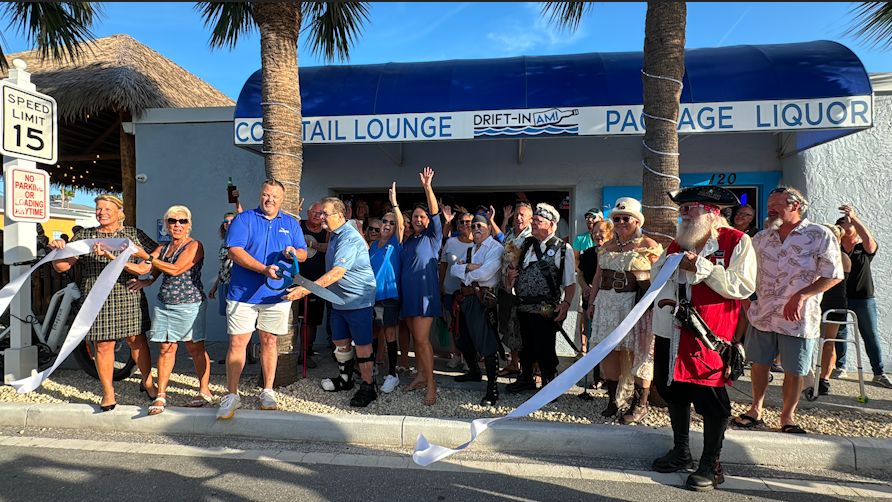Gov. Ron DeSantis signed a record $109 billion budget on Thursday that includes $1.5 million to dredge sand that has been piling up for years at John’s Pass in Madeira Beach.
What You Need To Know
- Chaney said it was one of the top projects on her list
- Madeira Beach mayor says the city couldn’t afford to dredge on its own
- A USF study found that dredge maintenance is required every 10 to 15 years
“Gov. DeSantis is from Pinellas County — that really helped, because he understands this area,” said State Rep. Linda Chaney. “He understands the importance of John’s Pass and what an economic driver it is for our area.”
Chaney, a freshman state representative, said she's been fighting hard for the dredge funding for the past two years.
“This was one of the top projects on my list,” she said. “This is so important to our community.”
Madeira Beach Mayor John Hendricks said he had been trying to secure funding from the federal government and from the county, but was coming up short.
“The city can’t afford this,” he said. “We’re under 4,000 people.”
Hendricks said dredging John’s Pass is vital for the No. 1 tourist destination in Pinellas County and he’s thankful for Chaney’s efforts.
“Linda Chaney has been a rock star for this area,” he said. “It was her hard work and her being the squeaky wheel that got this accomplished, and I give her all the credit.”
Chaney said there used to be a channel full of water where all the sand has accumulated by the village boardwalk, which currently looks more like a beach. It’s not only bad for business but it also poses a safety hazard, she said.
“There’s danger in this area as well — at low tide, the sand goes almost out to the channel,” she said. “They go out onto the sand and then it drops off, and that’s a really strong current. That’s why you see all these signs (saying) ‘Warning, strong current.’”
About two weeks ago, Ritvik Dammoju, 21, got caught in that strong current about 100 yards west of the swim buoys and drowned. Chaney said she made one last push for the funding after the deadly incident.
“I constantly stayed in touch with the governor’s office and then unfortunately when we had that recent drowning that really emphasized the importance of dredging the pass,” she said. “Not only do we need it for our community, but we needed it for safety. So, I let him know about that and that may have played a role.”
Capt. Dylan Hubbard, the owner of Hubbard’s Marina, had been sounding the public alarm for years about the sand problem. Hubbard said he was about to sign a contract to move his boats from John’s Pass because the docks were filling with sand when he heard about the funding.
“This couldn’t have come at a better time," he said. "I mean, the 11th hour to stop us from moving our operation from our historical home base. I’m beyond words, beyond ecstatic. I just can’t wait to see that deep green water once again.”
Initially, the city estimated it would cost about $2.5 million to dredge the pass. Hendricks said that figure has since been revised and he believes it can be done with the current $1.5 million in funding.
“I think it’s going to be enough,” he said. “We’re going to get this done.”
Chaney said the price will go up if they can’t repurpose the sand.
“We believe we are funded effectively,” she said. “Hopefully, this project will be underway in a couple of months.”
Last year, a University of South Florida study about the sand problem found the last significant dredge at John’s Pass happened in the 1960s, and that to keep the sand from piling up again, it needs to be maintained every 10 to 15 years.
Hendricks said he hopes the sand will be used for beach replenishment rather than pumping it offshore.
“Simply take this sand right here — it just makes good sense to pump it up onto the beaches,” he said. “What I’m hoping to see is an ongoing maintenance program.”









